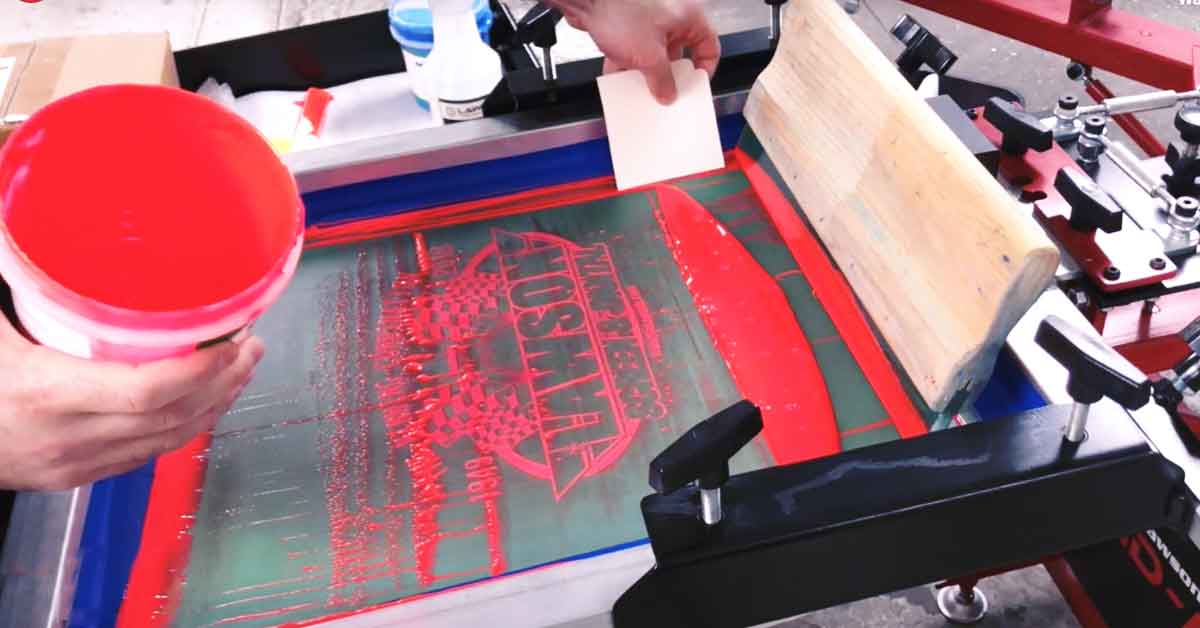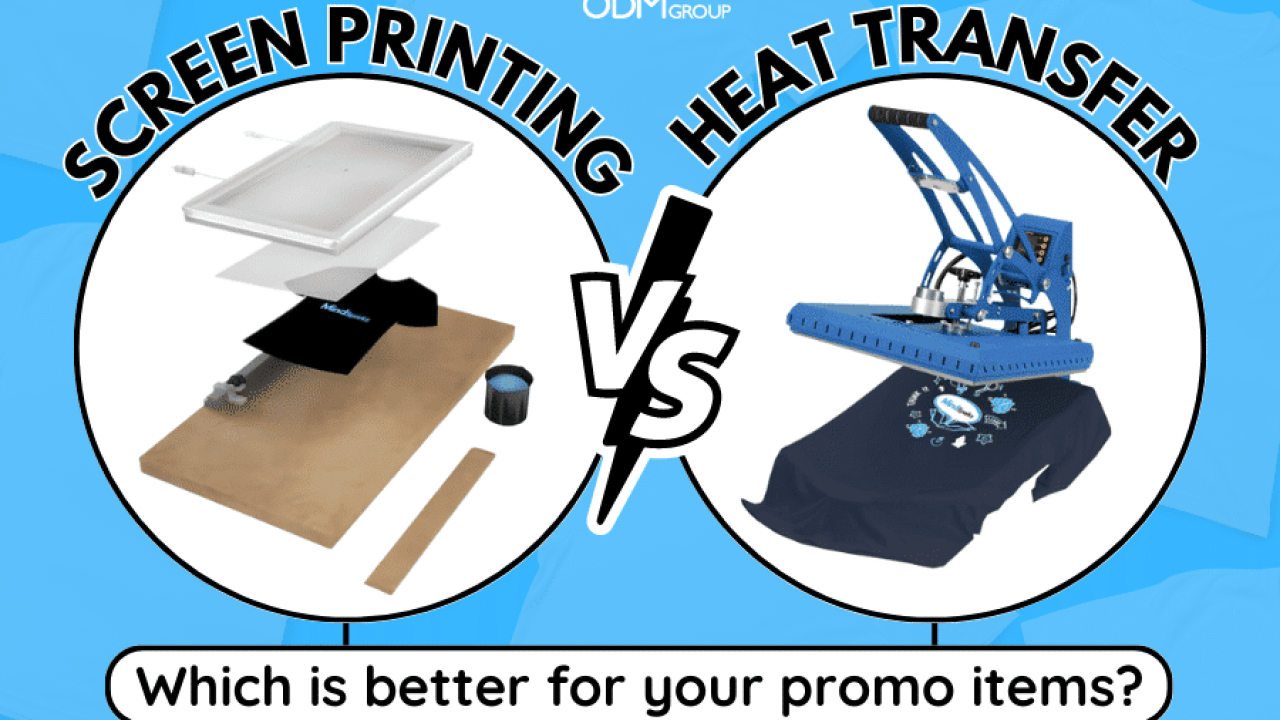Fascination About Tx Tees
Fascination About Tx Tees
Blog Article
Some Ideas on Tx Tees You Should Know
Table of ContentsThe Facts About Tx Tees RevealedEverything about Tx TeesGetting The Tx Tees To WorkTx Tees Fundamentals ExplainedThe Basic Principles Of Tx Tees About Tx TeesRumored Buzz on Tx Tees
Add up other expenses, like the number of energies it takes to run the shop and the price of ink and solution per design. Take the print listed below.The emulsion ought to just be a few cents considering that you 'd just need to coat one display for this task. How much should you charge per tee shirt to make an earnings? Usually, printers try to make up to 45% revenue on a print task. Below's a table to aid you identify that: overall price per thing percent of wanted profit as a decimal (example:.25 or.45) revenue made per thing per job Currently allowed's speak about the profitability of DTF.

With DTF, you can publish a handful of shirts, or simply one. Both display printing and DTF have their particular niches in the world.
The 15-Second Trick For Tx Tees
The best way to recognize? Ask around and see what print shops like yours are doing. t-shirt printing. Try both out and see which you like far better
When you're picking what sort of printing method to make use of for publishing your art work designs on your garments, it is very important that you understand the distinctions between these 2 strategies so you can maximize outcomes while decreasing costs. Screen printing is one of the most frequently made use of strategy for printing designs on fabrics.
DTG printing is also referred to as spot or straight to garment printing since it prints just what is needed as opposed to making a screen as screen printers do. https://txtees02.bandcamp.com/album/tx-tees. Display printing works by screen filler squeegee screen printing ink display mesh display, after that moving the photo to garment utilizing heat and/or pressure
The DTG printer uses special dye-sublimation inks that are applied into a pre-designed picture by a digital printing system. The inks enter into the material, enabling vivid shades and exceptional information. It's also understood as spot or direct to garment printing because it prints just what is needed as opposed to making a screen as display printers do.
The Basic Principles Of Tx Tees
First, it's much faster - you can print a fullcolor image in mins, as opposed to hours for screen printing. Second, there's no established up time or prices entailed - you can publish any kind of layout you such as, without having to develop a display. Third, there's no waste - because screen printers screen print one design at a time, they need to evaluate each color individually.
The paper is extremely costly and can just be used when. Once it's printed on, it needs to be disposed of. - The first purchase rate is reduced than the upfront financial investment of DTG printers- You can publish multi-color layouts one screen at once rather than needing to print each shade independently like DTG printing.

Get This Report on Tx Tees
Nevertheless, rather than making use of screen mesh as display printers do, color sublimation printers utilize laser innovation to move your pictures onto garments or paper. A heat procedure transfers the color from its solid-state straight into the gas phase which consequently fuses it onto material substratums when they are swiftly warmed to heats under high pressure.
Sublimation printing is environmentally friendly. It utilizes much less water than screenprinting, and due to the fact that it does not involve making use of harmful solvents, it's safe for all kinds of clothing. The color sublimation inks are additionally odorless when cured, unlike screen printers that utilize unsafe chemicals during the display printing procedure that leave an undesirable smell.
They also conserve cash on pricey tools like direct exposure systems because dye sublimation printers do not require a UV exposure unit or a flash cure stove that is generally used in screen printing (custom t-shirt design). What is direct to garment printing (DTG Printing)? DTG printing is Web Site an electronic screenprinting procedure that publishes straight onto material making use of specialized inkjet printers
Tx Tees Things To Know Before You Get This
DTG printing supplies lots of benefits over typical screenprinting, including the ability to publish photographic quality photos, higher color vibrancy, and the capacity to print designs on darker textiles. DTG printers function by heating up the textile ink till it develops into a gas. The gas then penetrates the material, bonding with the fibers to develop a long-term print.

Display printers merely prepare their display after that begin publishing up until they run out of product or ink.- There is a variety of knowledgeable screen printers all over the globe, which can be handy for beginners. - It's a slower process - screen printers typically have to await the ink to dry prior to they can print the next shade- Display printers need hands-on labor, so there's a higher knowing curve and it takes longer to generate a premium design- Screen printing isn't as exact as DTG printing, so you might get some "blood loss" of shades from one part of the photo onto an additional otherwise done correctly.
The Facts About Tx Tees Revealed
Rather of utilizing screen mesh as display printers do, dye sublimation printers utilize laser modern technology to transfer your photos onto garments or paper. A heat procedure transfers the dye from its solid-state straight right into the gas phase which subsequently fuses it onto material substrates when they are quickly warmed to high temperatures under high stress.
Sublimation printing is environment-friendly. It uses less water than screenprinting, and due to the fact that it does not involve the use of unsafe solvents, it's safe for all kinds of apparel. The dye sublimation inks are additionally odorless when treated, unlike display printers that make use of damaging chemicals throughout the screen printing process that leave behind an undesirable odor.
They likewise conserve cash on expensive tools like direct exposure devices since dye sublimation printers don't need a UV direct exposure system or a flash cure oven that is normally made use of in display printing. What is straight to garment printing (DTG Printing)? DTG printing is an electronic screenprinting process that prints directly onto fabric using specialized inkjet printers.
The Best Guide To Tx Tees
DTG printing supplies several advantages over standard screenprinting, consisting of the capability to print photographic quality photos, higher shade vibrancy, and the ability to print styles on darker textiles. DTG printers function by heating up the fabric ink till it becomes a gas. The gas after that permeates the fabric, bonding with the fibers to develop a long-term print.
Report this page